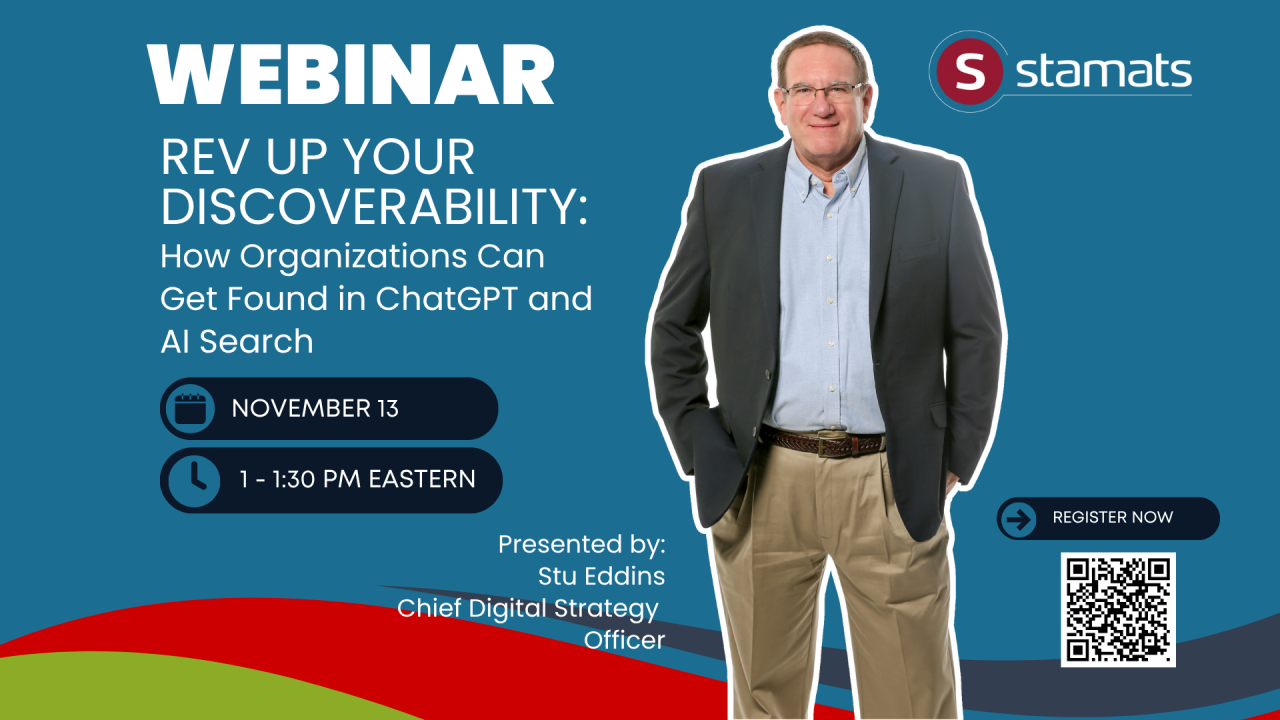Written by
on

Part 11 of 12: What I Wish I Knew as a New Marketer
This is the companion to last week’s blog on great marketing. Today’s focus is great messaging.
When working with clients on creative, I often turn to a short list of “musts” that experience has taught me are at the heart of great creative.
1. Creative Brief
First, use a creative brief. A creative brief is a powerful yet simple tool that will immediately improve the quality of your messaging.
Most creative briefs contain four core questions:
- Who is your singular audience? This the specific audience at which the message is directed. Be clear and precise. Note the word “singular.” Focus. Focus. Focus.
- Based on research, what does this audience think/know about you? Not what you hope they know, but what you know they know.
- What are their media habits and channel preferences? Where do they turn to for information?
- As a result of the campaign efforts, what do you want this singular audience to think? Or do?
2. Instant Engagement
Next, for a message to be great, your audience must find your message to be:
- Believable. Is what you say true? Will your audience see you as a trustworthy source?
- Important. Is the message worth their time?
- Distinctive. Will they notice your message against the clutter of the hundreds of other messages they see/hear in a day?
- Engaging. Does the message capture not only their mind, but their heart? Does it cause them to change an idea or want to know more?
These four bullets can be stated another way that might be helpful: Does your message link to something your audience already cares about? If you can build on previous interests, understanding, or empathy, then you can ride a wave of credibility. You will have instant engagement. This is what makes a message truly memorable.
3. Pre-Test
Third, pre-test your messages with a representative subset of the intended audience. It is much better to have a message fail with 12 people than with 10,000. Pre-testing is a hallmark of great marketers and great marketing.
If you have done your research (see the previous blog) and have spent time inside the heads of your audiences, then you should have a good sense of what they value and what they don’t. Use that insight. Repeatedly ask yourself, “Why should they care about this message?”
4. Fewer, More Compelling
Fourth, remember that fewer, more compelling messages across multiple channels is always more effective than multiple messages across fewer channels. Resist the temptation to go a mile wide and an inch deep. Smaller budgets will be more impactful when you swarm fewer channels.
5. Be a Cheapskate
Fifth, be a cheapskate. It is much smarter and far less expensive to spend the time to develop a campaign that can go the distance rather than a campaign that will need to be significantly and frequently retooled.
With this in mind, make sure your proposed creative is:
- Simple
- Durable
- Translatable across admissions, advancement, and other outward-facing entities
- Translatable across different channels and media
In the same vein, can your message be easily and well told by others? Also, is it self-contained? In other words, does it require no further explanation, no asterisks, no footnotes, and no follow-up?
6. Clear Next Step
Finally, does your creative have a clear next step for the audience? If inclined, do they know what to do next? Is there a link, a phone number, or an email address? A strong call to action (CTA) is specific, feasible, and easy to envision. There is also a sense that the action must be undertaken sooner rather than later—the urgency factor.
If the audience isn’t clear about what to do next, especially if they want to do something, then your message has failed.


